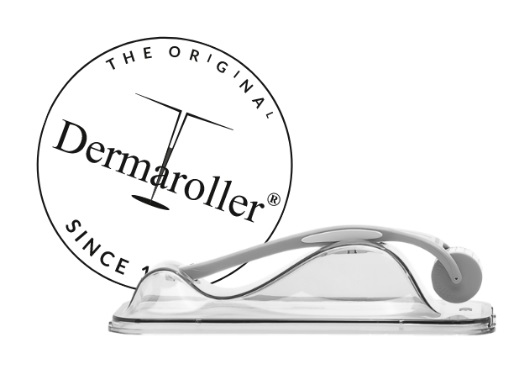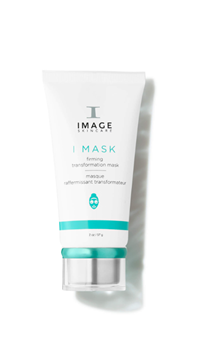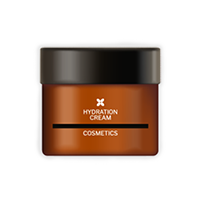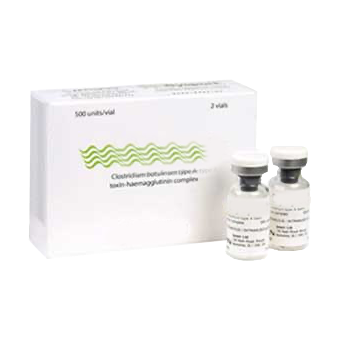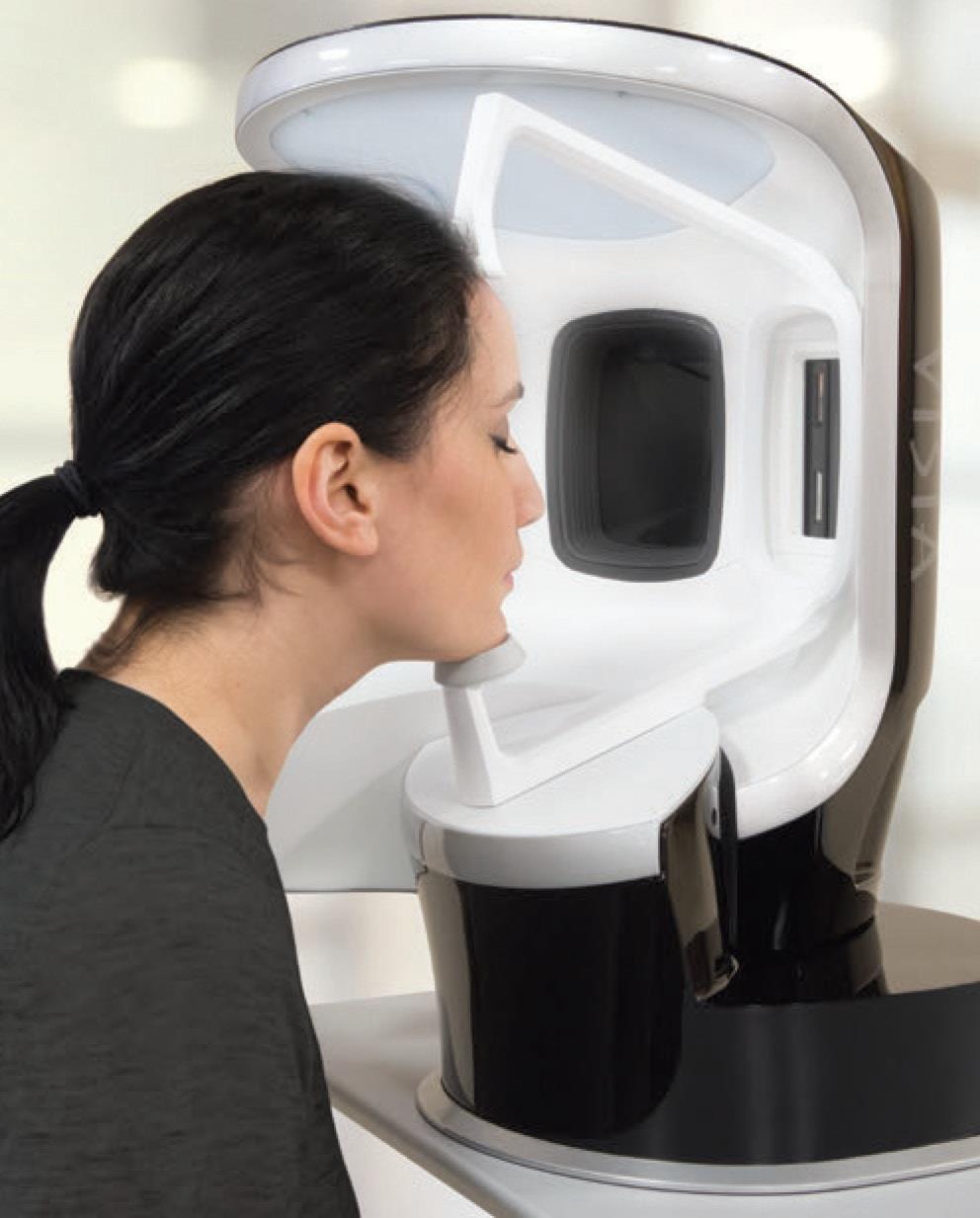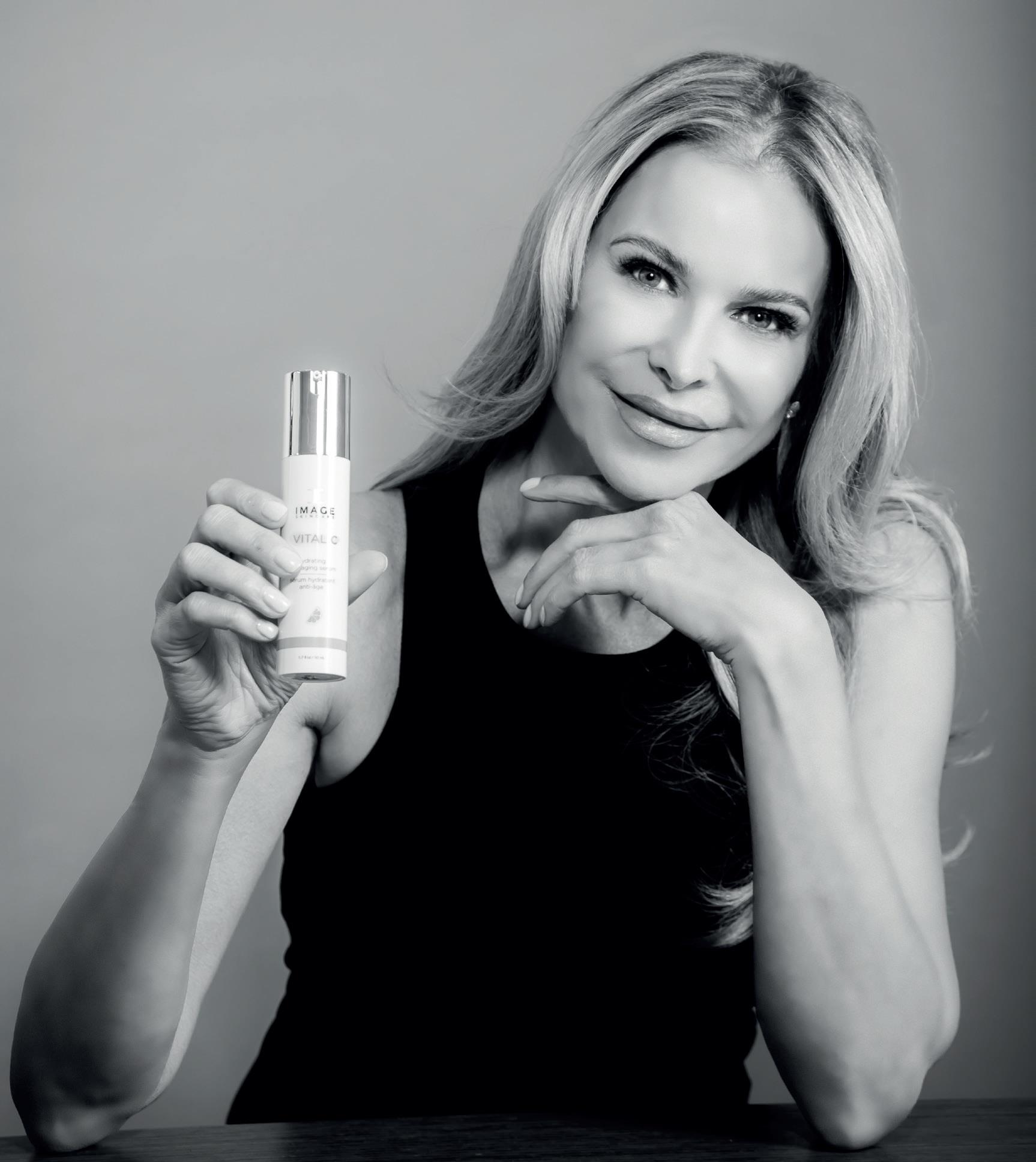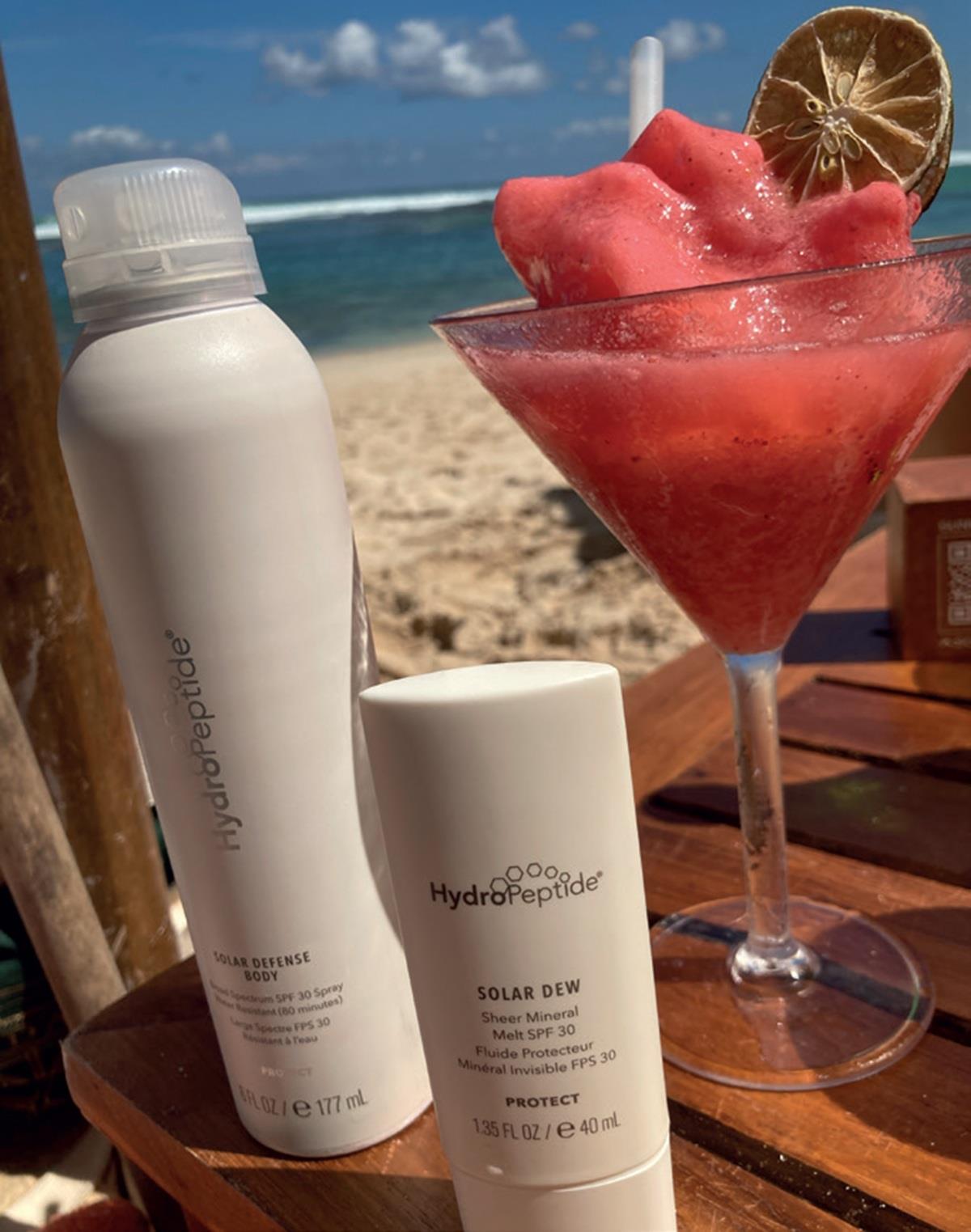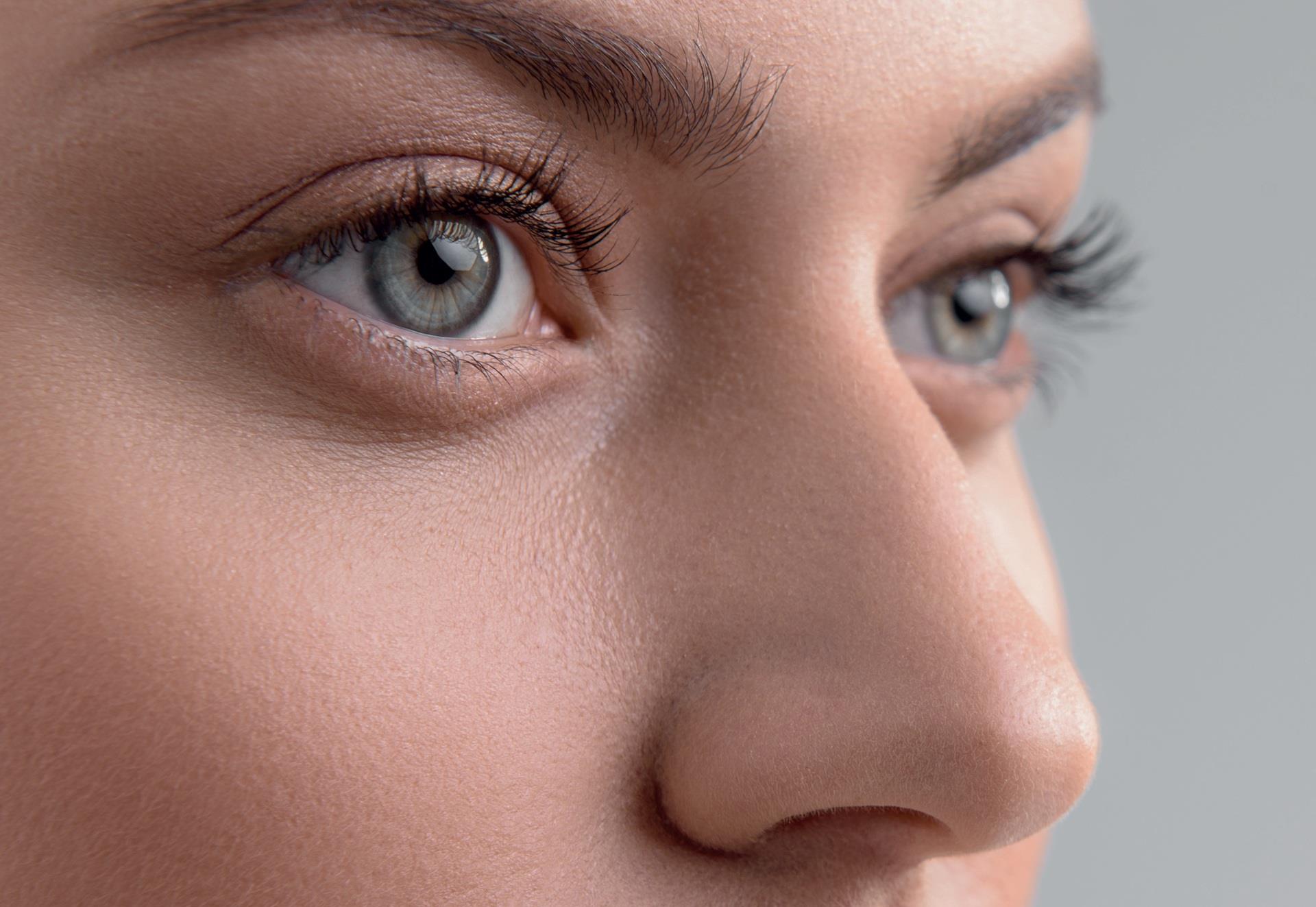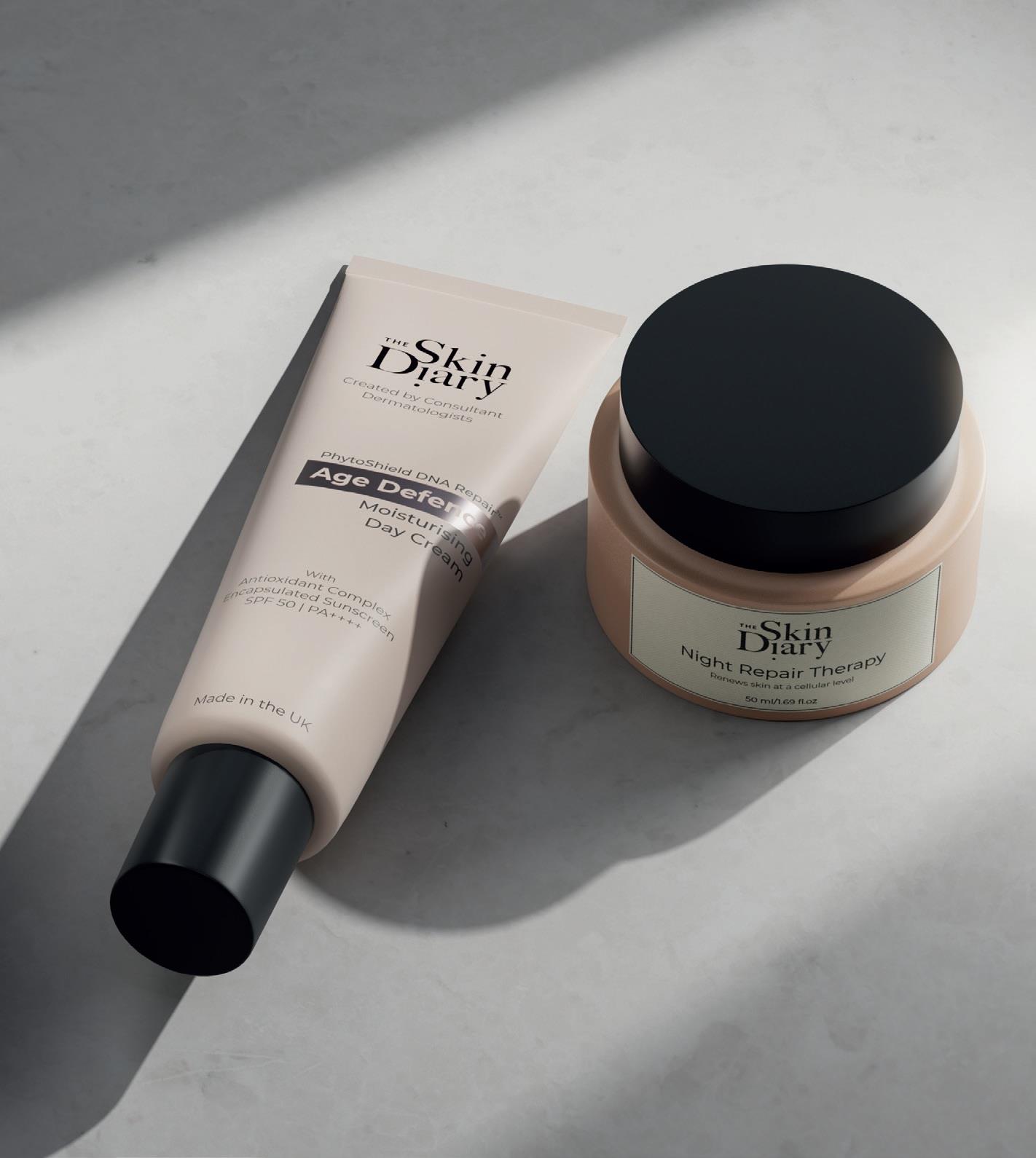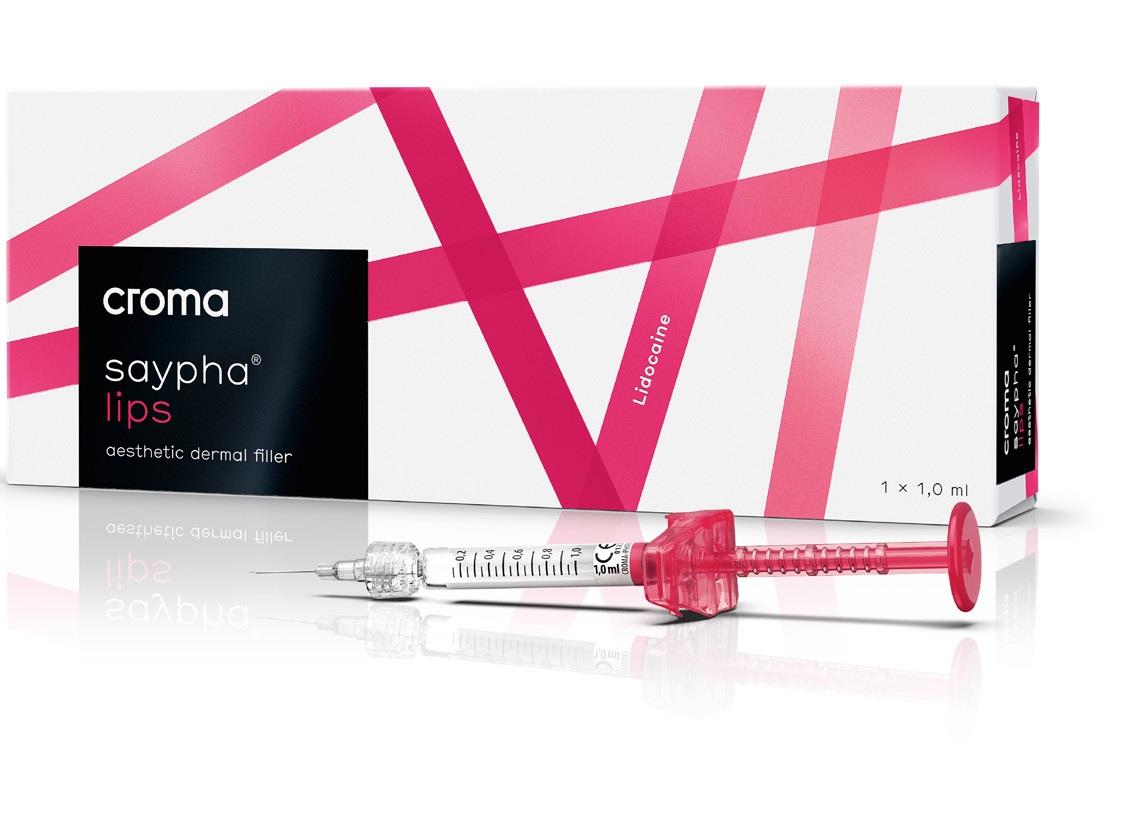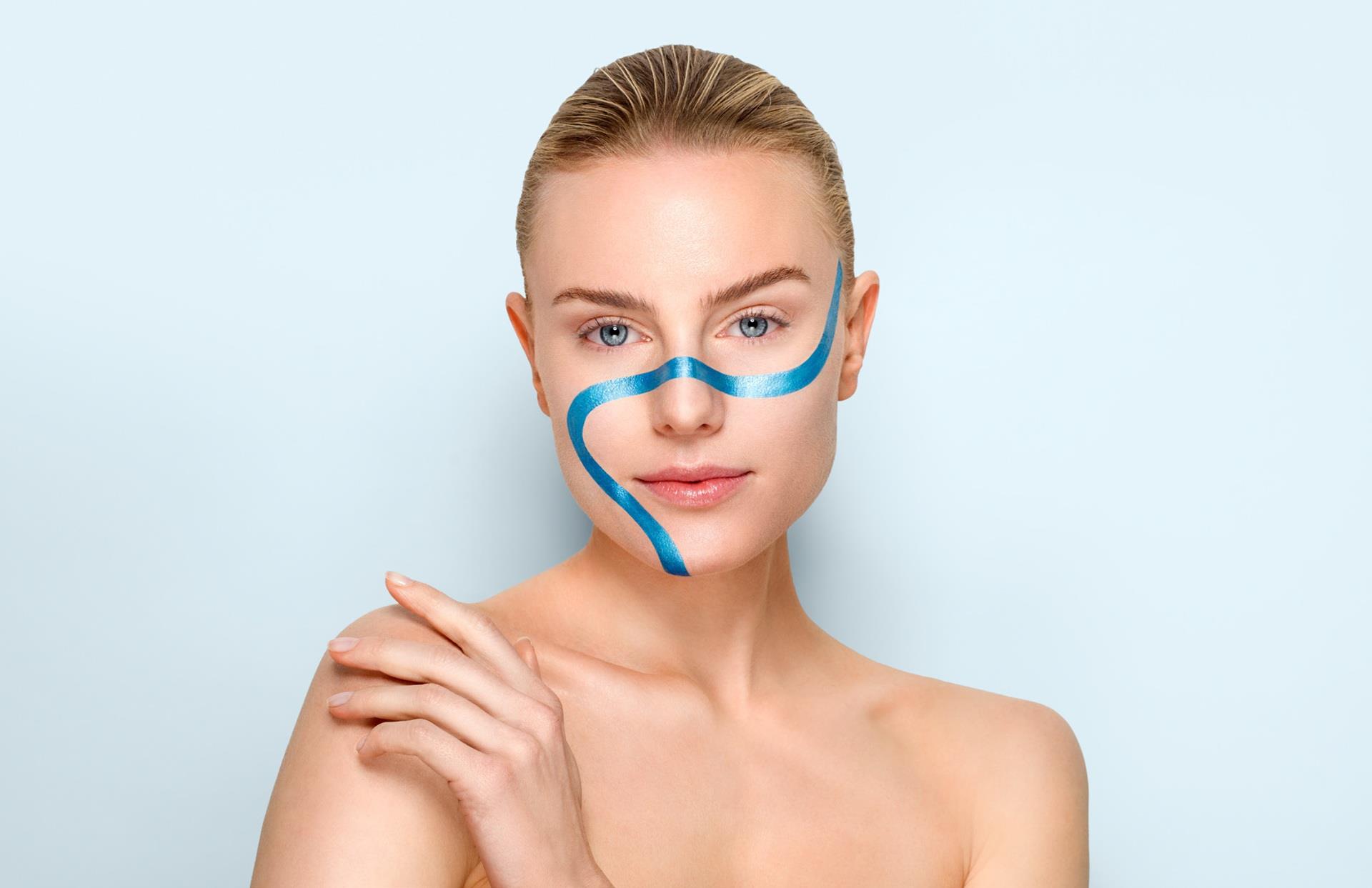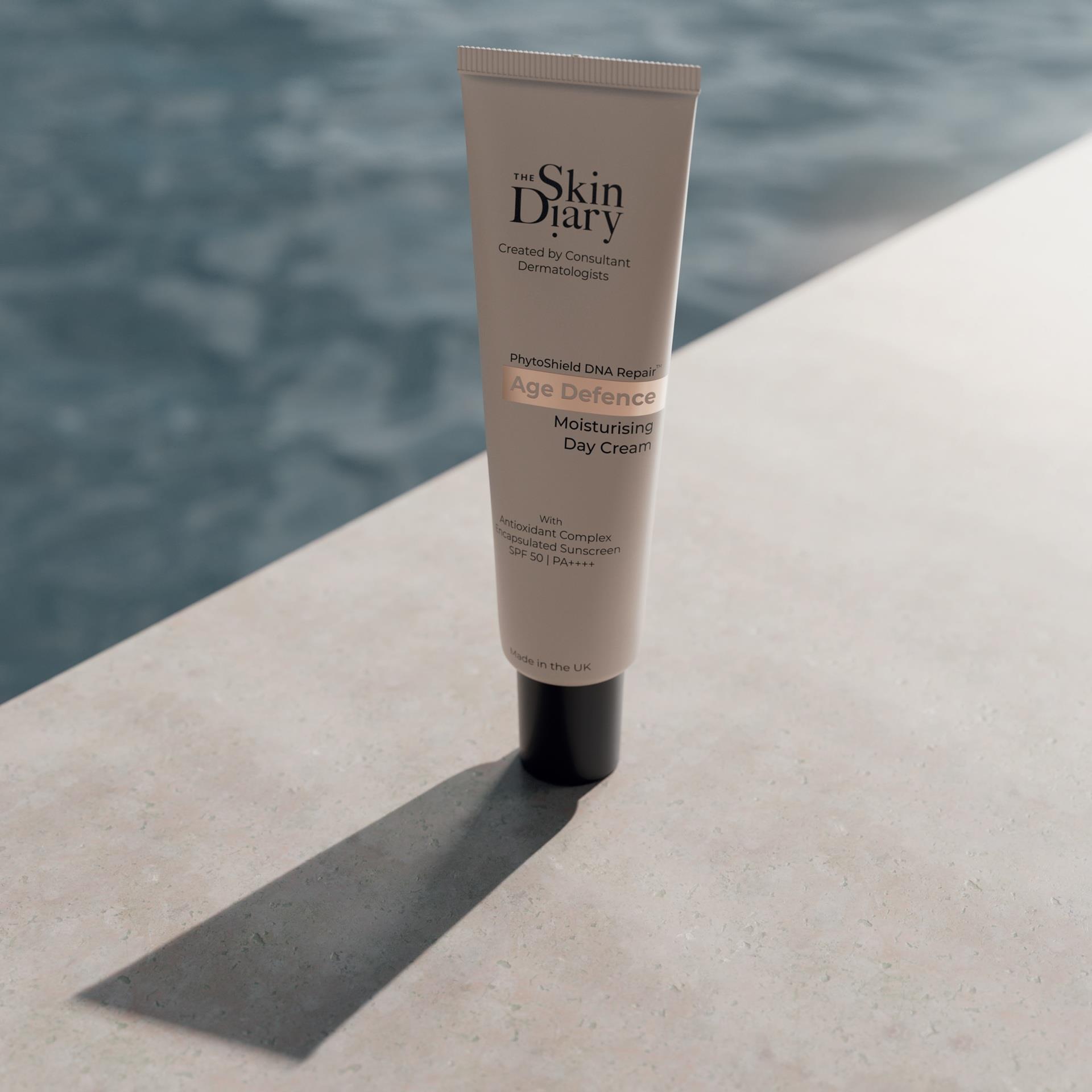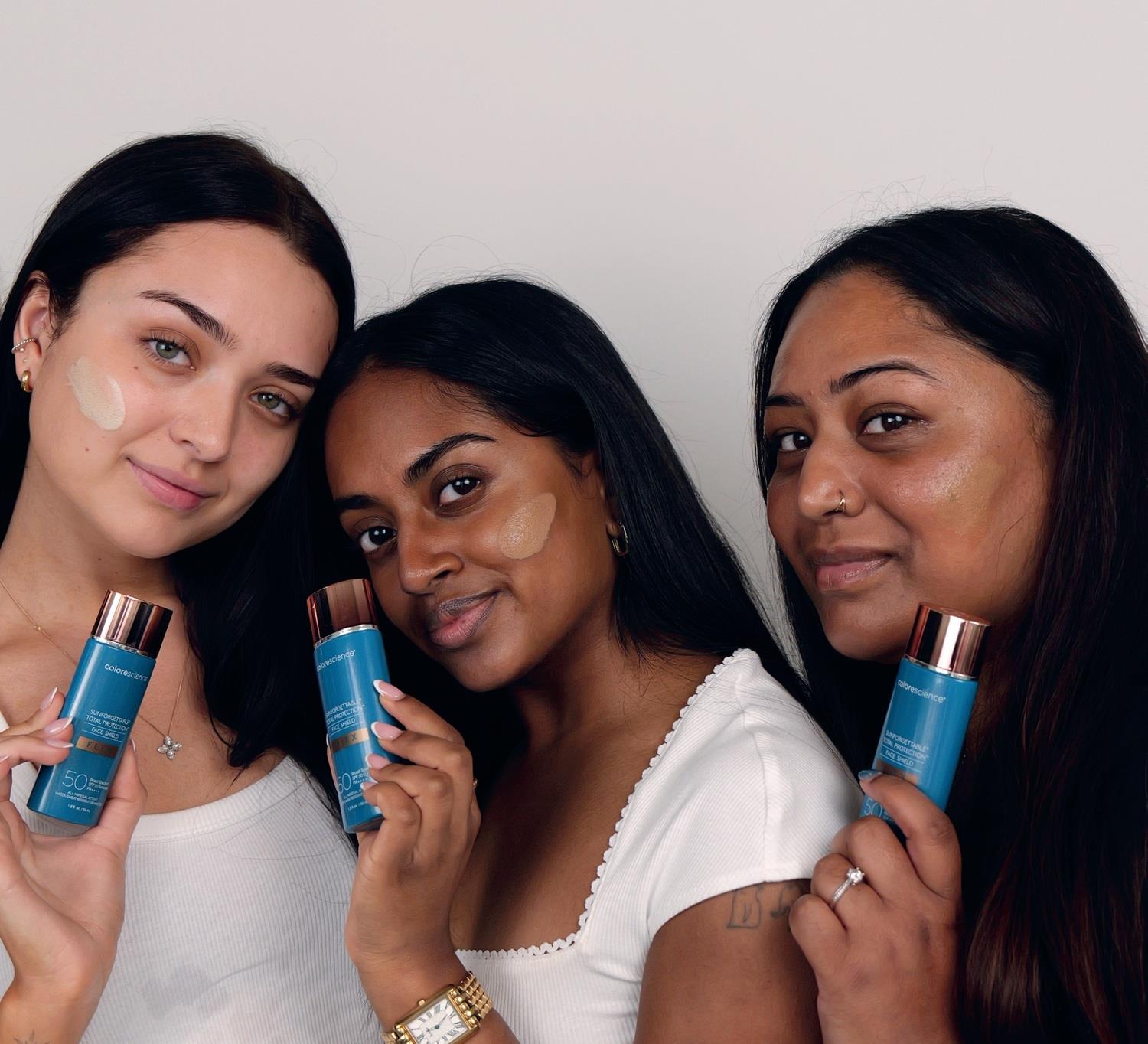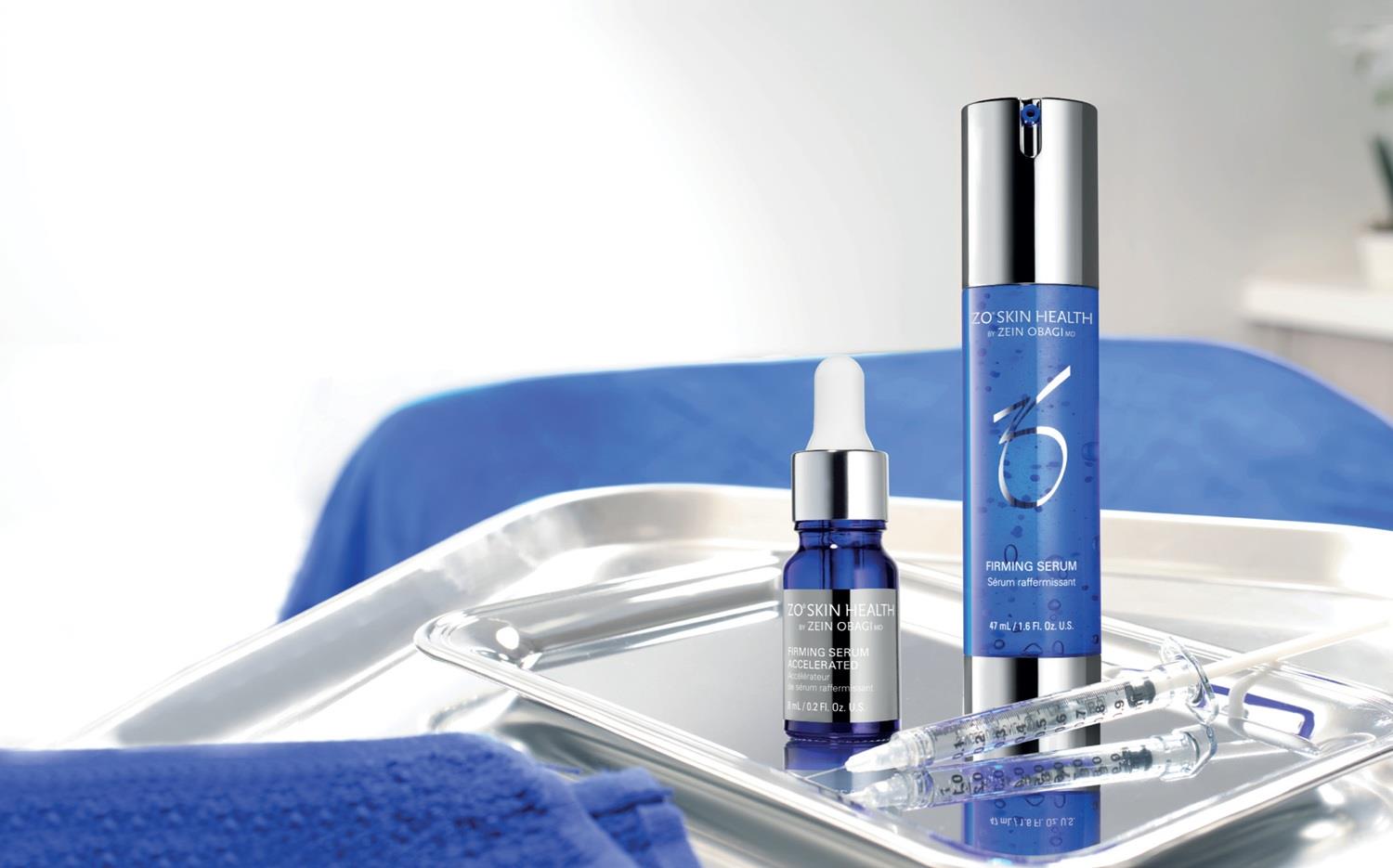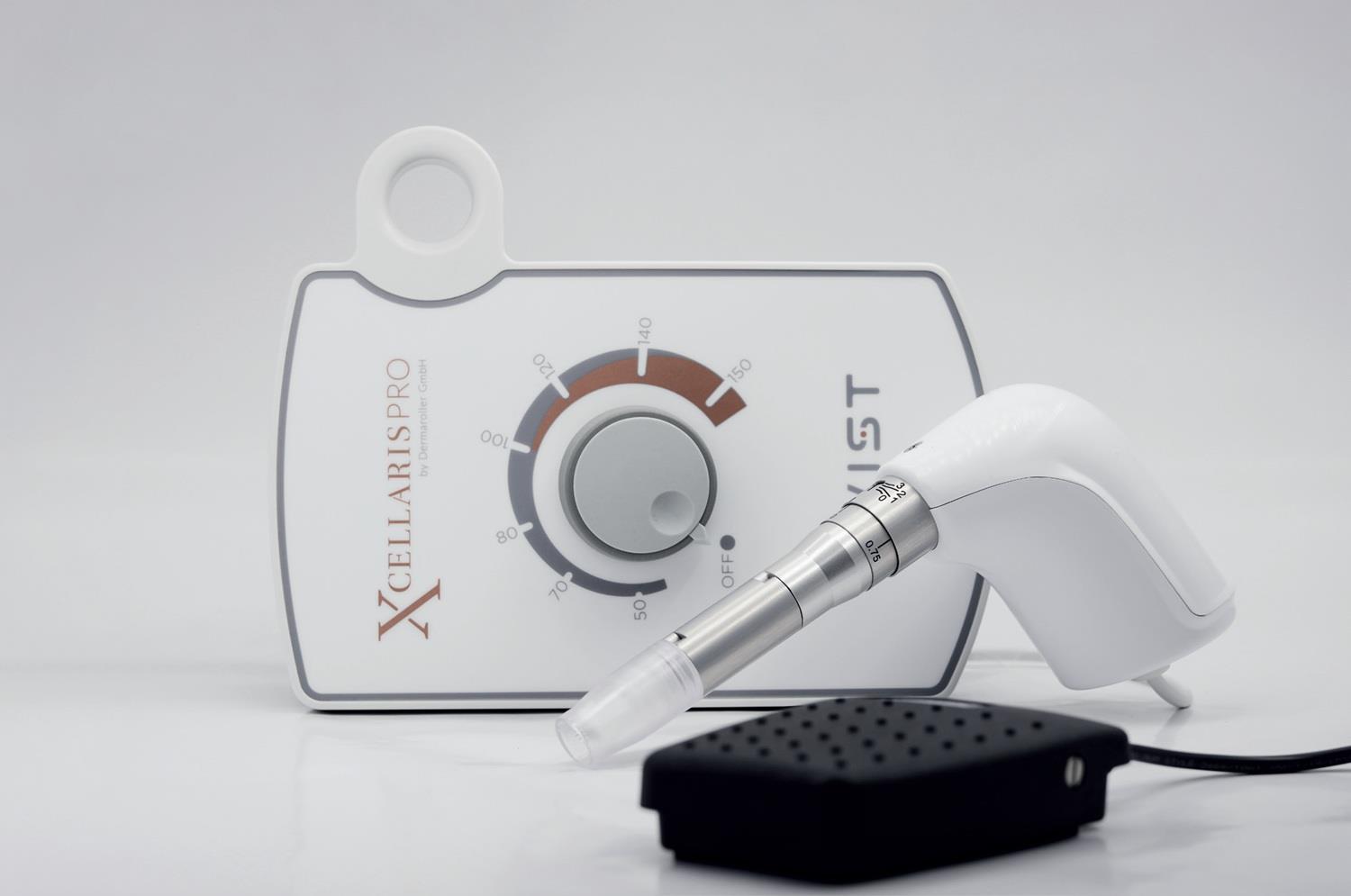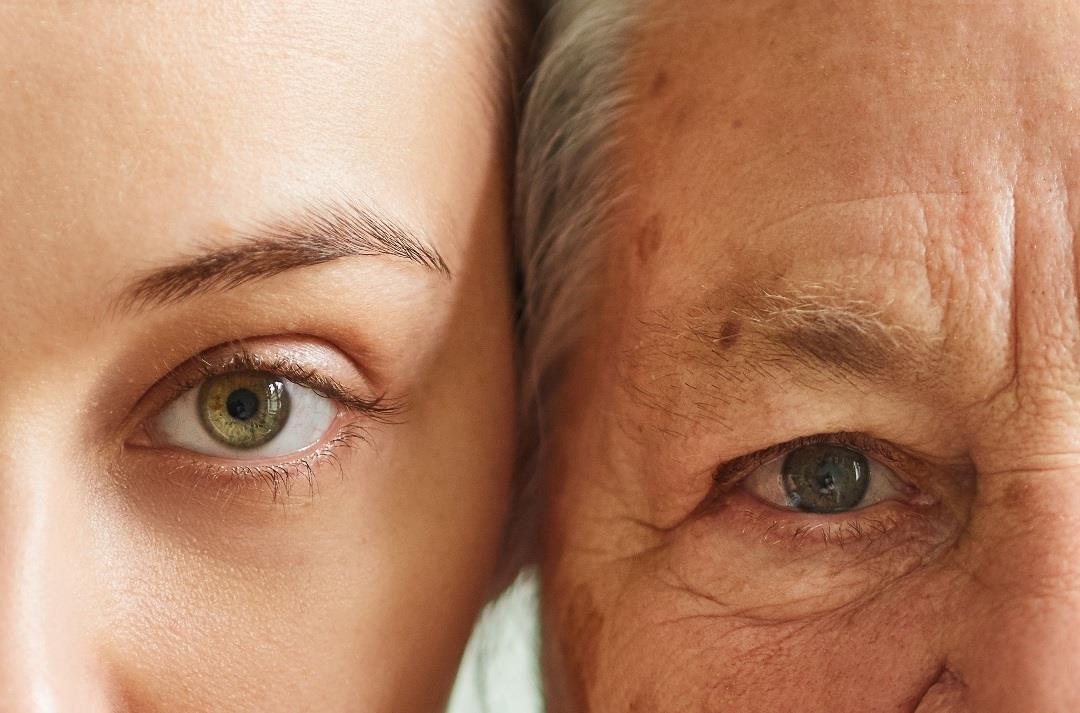
Cellular senescence has emerged as one of the core pillars of ageing, a process describing cells that stop dividing but don’t die. While we don’t know yet with certainty what causes cellular senescence, one of the triggers is thought to include DNA damage.
While transient senescence can be beneficial, persistent senescence cells lingering can have negative impacts on those surrounding them.
The Skin Diary explores what cellular senescence means for skin ageing so far and how their latest innovation, Age Defence Moisturising Day Cream—proven to reduce senescent cells.
What is cellular senescence?
Cellular senescence is a process where cells enter a permanent state of growth arrest.
All cells go through a life cycle where they eventually enter cell death when this natural life cycle ends. However, in response to DNA damage, these cells don’t die but stop dividing and repairing themselves. They don’t die quietly, nor do they remain dormant without causing havoc to other cells. Retired cells, often called Zombie Cells, spread dysfunction to healthy neighbouring cells due to their secretion of a cocktail of inflammatory molecules called the SASP (senescence associated secretory phenotype), which can then cause senescence in other cells.
This spreading of dysfunction is what gives cellular senescence the bad apple analogy. Sometimes, a bad apple (a zombie cell) appears in the fruit bowl. If you notice this bad apple and remove it, it won’t spoil the rest of the apples in the bowl. If left, however, the bad apple can cause all of the other apples in the bowl to turn bad (via SASP) and spoil them.
Cellular senescence and ageing
Zombie cells can result in a breakdown of collagen and elastin (fibrillin), increased inflammation, impaired skin cell renewal and an age-related decline in regenerative cell capacity. These ‘retired’ senescent cells build up and contribute to what we see as visible ageing, including wrinkles, pigmentation and a loss of firmness. This molecular process starts a long time before the visible ageing appears, which is where prevention comes in.
Preventing cellular senescence
Although there are many core pillars contributing to skin ageing, like many of them, preventing cellular senescence is key. Protecting our healthy cells is imperative; this helps minimise UV-induced DNA damage that can lead to cellular senescence.
We can do this using sun safety practices and wearing daily broad-spectrum sunscreen. DNA repair enzymes can also prevent the development of senescent cells by supporting the skin’s natural ability to repair DNA damage that sneaks in.
Neutralisation of free radicals with antioxidants can also reduce oxidative stress-induced senescent cell development.
Age Defence helps to prevent and target age-related senescence by addressing UV-induced DNA damage
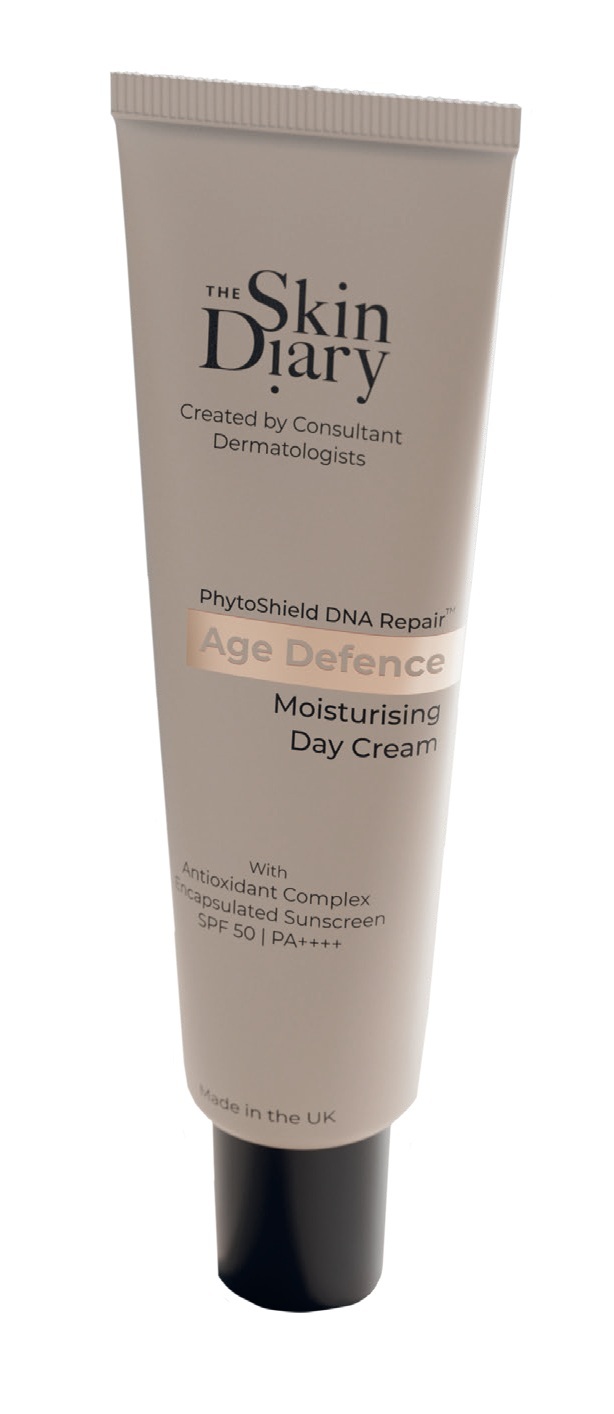
Age Defence Moisturising Day Cream
The Skin Diary’s Age Defence helps to prevent and target age-related senescence by addressing UVinduced DNA damage through a synergy of encapsulated sunscreen filters, DNA repair enzymes and antioxidants.
Advanced gene expression testing on 3D human skin equivalents was independently carried out by Professor Mark Birch-Machin, Professor of Molecular Dermatology and widely recognised as a leading expert in UV-induced cellular damage to human skin and skin ageing.
It showed that Age Defence prevents UV-induced cellular senescence, giving statistically significant complete protection against UV-induced P21 expression. A raised P21 indicates an increase in senescent cells. Age Defence gave a 2x reduction in UV induced zombie cells compared to skin equivalents without Age Defence.
Protecting our skin from cellular senescence doesn’t have to be complicated, but it does have to be proven. With consistency and evidence-based skincare, we can give our skin the best chance possible to last the pace of life.
To purchase login to your Wigmore Medical Account
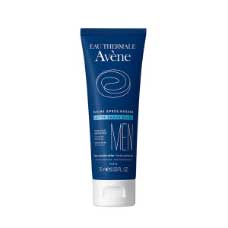
 Added to basket
Added to basket

 Unapplied Changes
Unapplied Changes


